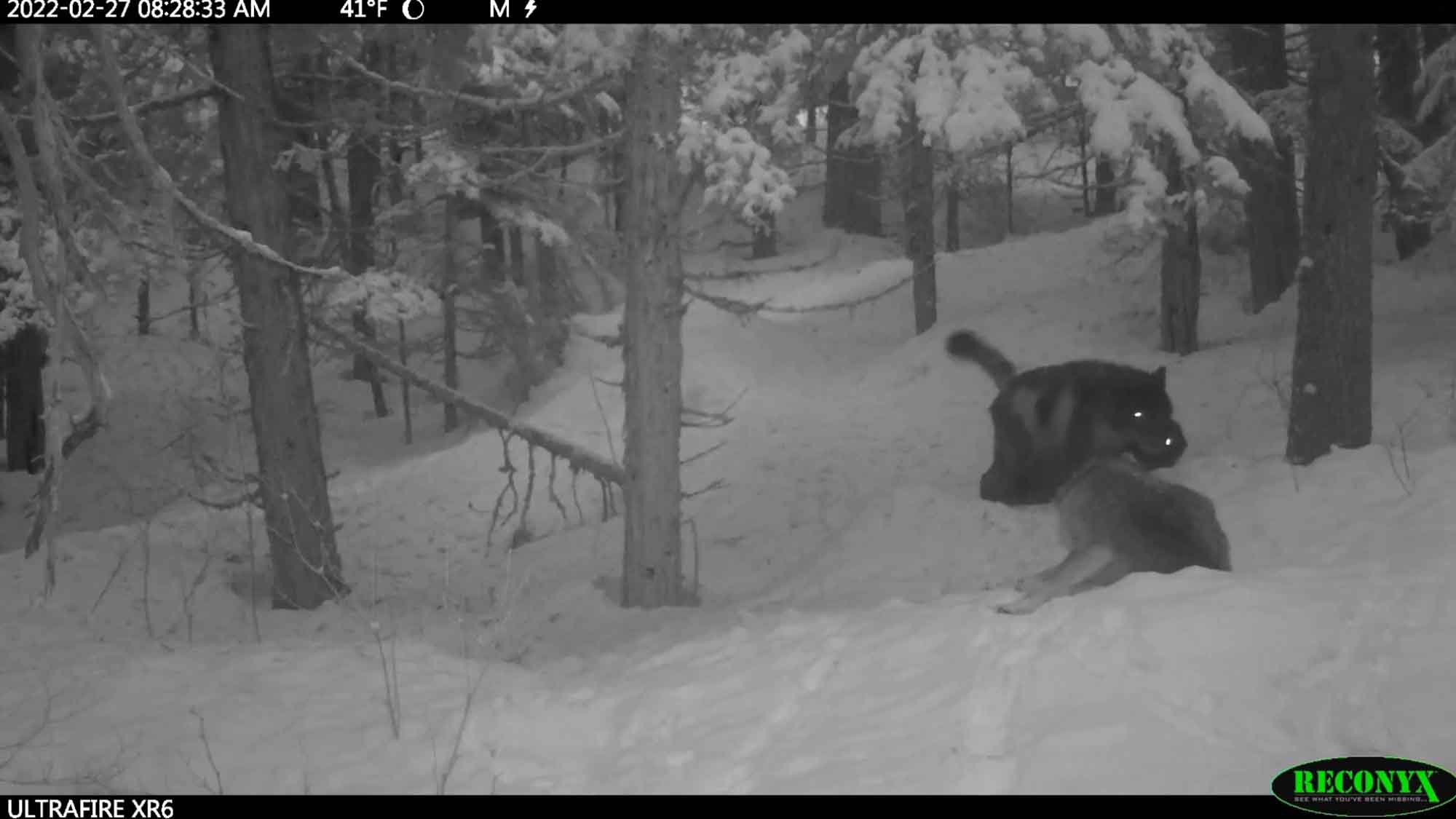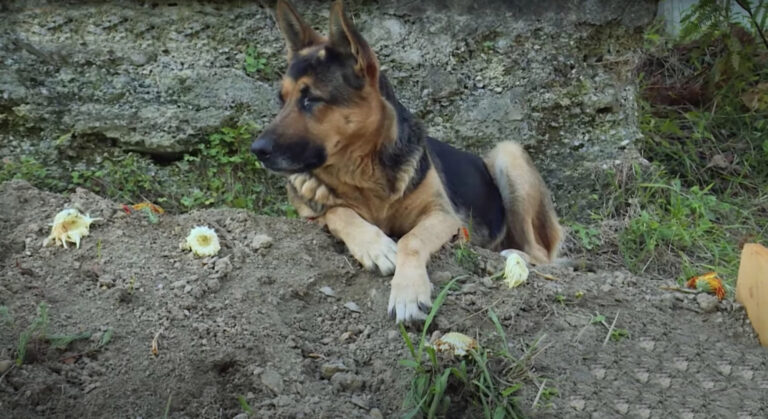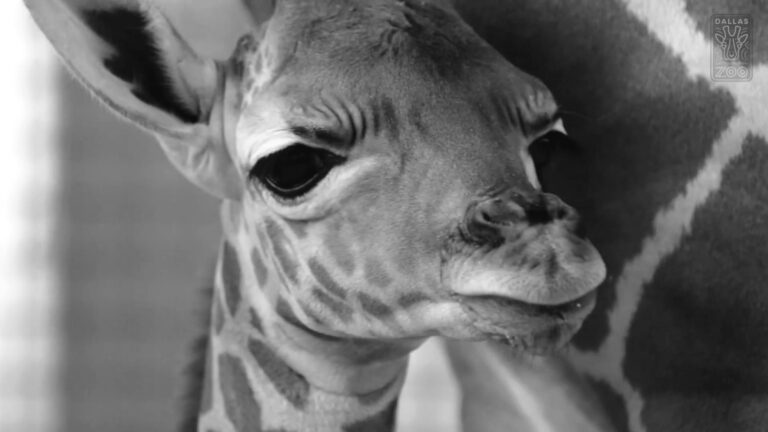One-eyed wolf shows he is still the leader of the pack, surprising researchers who have been monitoring the group for years and had not realised he was the Alpha male.
For two years until now, Prof Andrew Hendry, 54, from the Redpath Museum and the Department of Biology at McGill University in Montreal, Quebec, Canada has been monitoring the wolf pack which includes the one-eyed wolf.
The Canadian biologist who has been a professor at the University for 21 years, shared the footage with Newsflash of the Wolf pack that was shot in the winter of 2021/2022.
He said: “The videos are from the Skeena River watershed in northern British Columbia, Canada.”
The images were captured using camera traps that were set up at strategic locations where the wolf pack was known to frequent.
To their surprise, they discovered that the dominant wolf had only one eye.
He told Newsflash: “We have seen it for several years now and it is one of the dominant males – I have videos of it courting and mating with the alpha female.”
In one video showing the one-eyed wolf keeping challengers in their place, he wrote: “The one-eyed wolf has been a part of the pack for years. It wasn’t clear to us that he was the dominant male until we watched this interaction. It is also interesting to see how the 2nd wolf shifts within seconds from submission to opportunity and back again.”
His video feeds on the subject of “where the one eyed wolf is King” showing the large pack aim to correct some of the misconceptions about wolves.
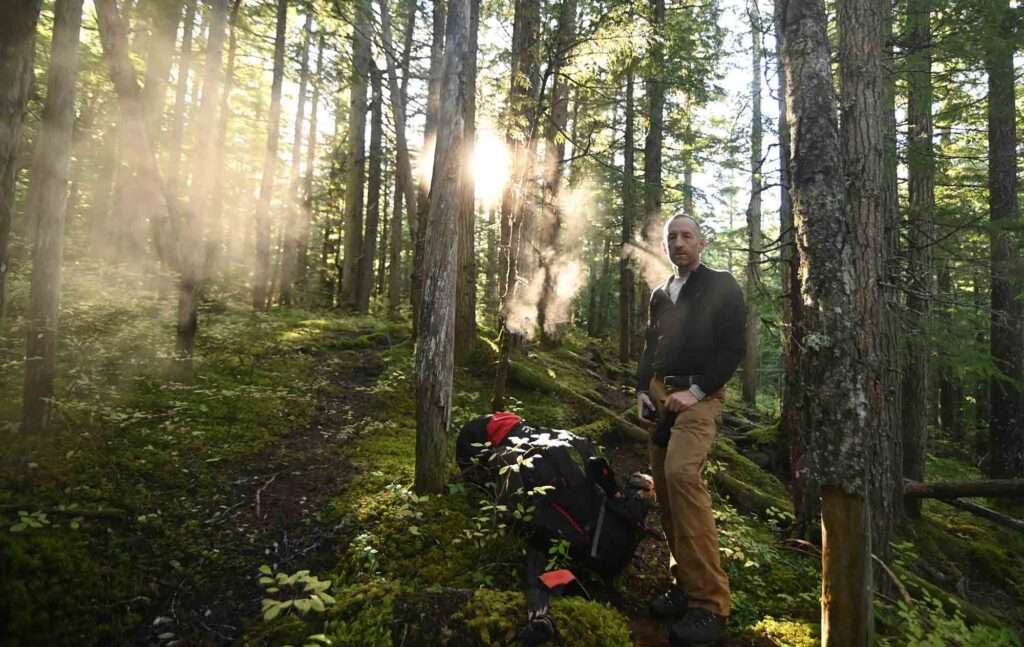
He said: “The province of BC is currently doing a wolf-cull, where they kill wild wolves in a misguided effort to save endangered caribou. Of course, wolves aren’t the problem, people are.”
His passion for the wolves is part of a lifelong passion for nature that began when his uncle purchased a cabin on the Kispiox River north of Hazelton (BC), the most northerly town on highway 16 (the Yellowhead Trail) in 1975.
He said: “It is a truly picturesque place, with cabins situated on a raised narrow tongue of land that the river flows up to, then around, and the away from.”
“For the subsequent 50 years, we have used the cabin for rest, relaxation, nature watching, adventure, and – above all – for fishing.”
He said it was still used by the whole family, including him and his brother Mike, and it was here that they develop their skills with camera traps.
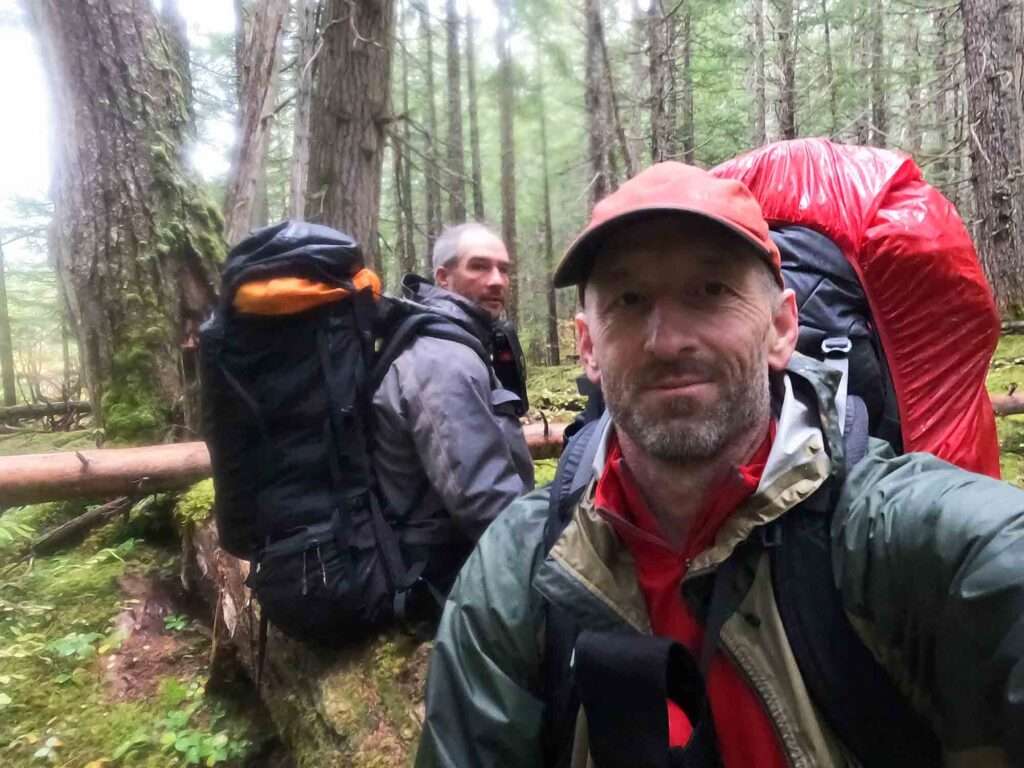
He said: “The idea behind camera traps is that you can observe animals year-round without actually being present to see them “in the flesh.”
“You simply set up your camera and walk away. The camera is then triggered by infrared light (heat) moving across a sensor array and it turns on to record an image or video. Then, maybe a year later, you can come back, download the camera, and scan the videos and photos on your computer.”
To find out more about the author, editor or agency that supplied this story – please click below.
Story By: Michael Leidig, Sub-Editor: Marija Stojkoska, Agency: Newsflash
The Ananova page is created by and dedicated to professional, independent freelance journalists. It is a place for us to showcase our work. When our news is sold to our media partners, we will include the link here.

